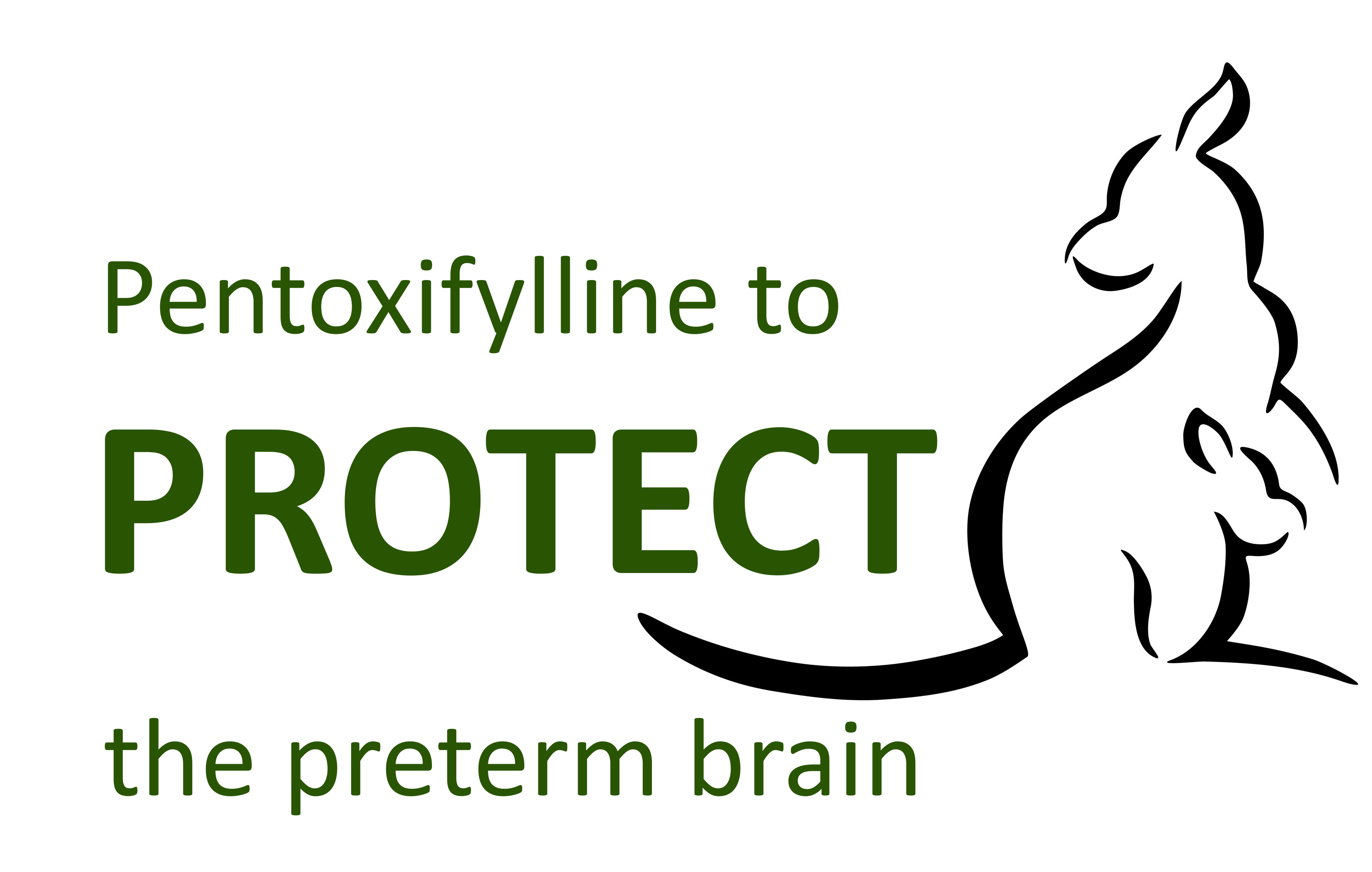Search
Research
The epigenetic origin of alcohol-induced disorders: a cross-species studyAlexander David Martyn Larcombe Martino Symons BScEnv (Hons) PhD BSc PhD B.A. (Hons) PhD. Honorary Research Fellow Head, Chronic Diseases Research
Research
The health effects of electronic cigarettesAlexander Larcombe BScEnv (Hons) PhD Honorary Research Fellow Honorary Research Fellow Associate Professor Alexander Larcombe began work at The Kids
Research
Time investment and child developmentThis project aims to explore how Australian children spend their time over an extended and important period of their lives (from birth to 16/17 years old) and how such time allocation contributes to their development outcomes.
Research
The Perspectives and Experiences of Trauma-Informed Practice Education and Training: From Early Career TeachersThis study aims to investigate early career teachers’ education, knowledge, perceptions and experiences of trauma-informed practice in Western Australia.

Research
The PROTECT TrialTobias Jenny Strunk Mountain Other Investigators MD, PhD, FRACP MBA MClinEpi Head, Neonatal Health Program Manager, Neonatal Health / Protect Trial
Research
The role of virus defence in childhood asthmaThe overarching aim of this project is to understand how plasmacytoid dendritic cells function in children with asthma and how genes and environmental stimuli influence these cells.

Guide our sibling research!
We want to hear from siblings living outside of Australian cities!
This tool is designed to help current and future parents and caregivers as well as health care providers. It is currently based on the 2025 Western Australian RSV immunisation program.

